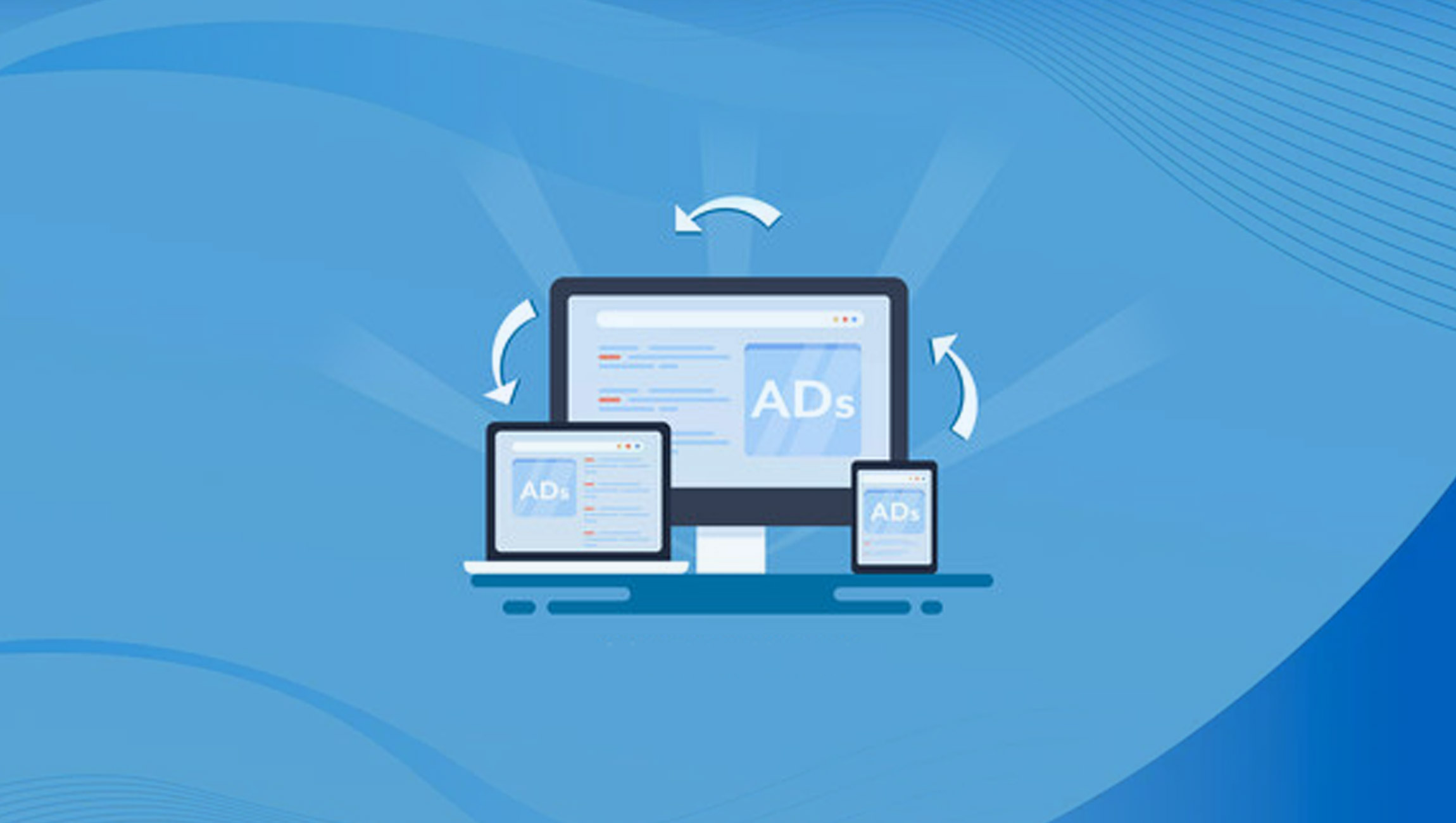Display ads are one of the most reliable ways to create brand awareness. While the major types of display ads include responsive ads, retargeting ads, social ads, and native ads, there are many other kinds of display targeting like contextual targeting or topic targeting that can be used to bring in the attention of target viewers.
Let’s understand more:
What Are Display Ads?
When we talk about display ads, we generally mean an ad with the following attributes:
- The ad is itself an image or image-based.
- It is not a search ad.
- Advertising is used to promote a brand, service, product, or offer.
Right from the year 1994 when the first display ad was showcased till today, this kind of advertising has evolved. We have numerous forms of display ads to experience now with banners, text, animations, and square images to name a few.
Marketing Technology News: Contentstack Wins Six 2022 Comparably Best Places to Work Awards
Display advertising has matured through different stages. They are commonly broadly categorized it into the following:
1. Traditional Display Ads:
These are mostly associated with advertising on landscapes, squares, skyscraper formats. These ads are combined by text, images, and a CTA. These ads also include the interactive ads you see on the websites.
A good example: the Tokionomo ad on the New York Times website to draw the attention of the users.
2. Responsive Display Ads:
Responsive Ads include text, headlines, images, and descriptions that the ad platform algorithm utilizes to put and place the ad appropriately. Responsive ads are all about adapting to the platform’s requirements. The ad platform determines the best-performing format for the specified audience.
3. Retargeting Display Ads:
Retargeting ads are nothing but a form of remarketing. This is for the users who visited your website earlier in a specified time frame but did not complete the desired action. These ads can be a great vessel for delivering personalized content. A simple example we came across was South West airlines, which invited its users to book its flights at low prices. Another good example of a retargeting ad is here https://www.spcdn.org/images/display-ad-retargeting.png
4. Social Ads:
As the name suggests, you see these ads on social networks such as Facebook and LinkedIn. These can also be responsive display ads and they are a combination of text, images with a CTA. Social ads are the most common these days and we see them everywhere.
5. Native Ads:
Native ads are designed and placed in the same style as the content of the website, email, and so on. Native ads are mostly promoted on various websites, but they do not look like ads. The ad is so made that it completely matches the form, feel, function, and quality of the content of the website to fit in naturally.
Marketing Technology News: MarTech Interview with Alex Campbell, Co-founder and Chief Innovation Officer, Vibes
Spotify and Netflix came together to create a series of native ads to promote the web series Stranger Things. The ad campaign gathered a lot of attention as Spotify users could directly enter “Stranger Things” from their Spotify app.
Marketers can nail display advertising with the help of sophisticated tools that are easily available in the market. Here are some tools that you should know about in 2022:
1. StackAdapt
Essentially a self-serve advertising platform, StackAdapt specializes in offering multi-channel solutions that include but are not limited to native, video, audio ads, and so on. With StackAdapt, marketers have a state-of-the-art platform where they see a unique blend of machine learning and cutting-edge user experience.
The primary advantage of using StackAdapt for display ads lies in its three core pillars – planning, executing, and analyzing.
2. Celtra
An enterprise-level solution, Celtra helps its esteemed clients to stay amazingly creative. With clients like Warner Media, NBCU, Adidas, the software has helped some of the biggest brands in the world to nail their marketing creativity. With the help of Celtra, marketers can transform creative work across data, people, and media.
3. Basis
Basis Technologies offers you everything you need to plan, buy, analyze, and streamline the best-performing digital media campaigns. The software offers more than just a few ways to execute digital campaigns, it is an all-inclusive automated digital media platform. With Basis at hand, marketers can manage direct, programmatic search & social via a single interface.
4. Brave
Next on the list is Brave, which is a fast, privacy-oriented browser offering the capabilities of a complete digital advertising platform. Based on blockchain concepts, the platform is very useful for users, publishers, and advertisers. Brave utilizes local machine learning with the browser profile to place the display ads optimally.
It helps you get your product right in the eyes of the users.
Final Word
When it comes to advertising, you must choose the best for your brand. Your only target should be to increase brand awareness and sales. As modern consumers believe in what they see and perceive, as a brand you should show them what you have.
Follow these tips to have a great time creating display ads for your business.
Marketing Technology News: How to Strategically Shift Demand Gen Efforts as the Buyer Journey Changes


